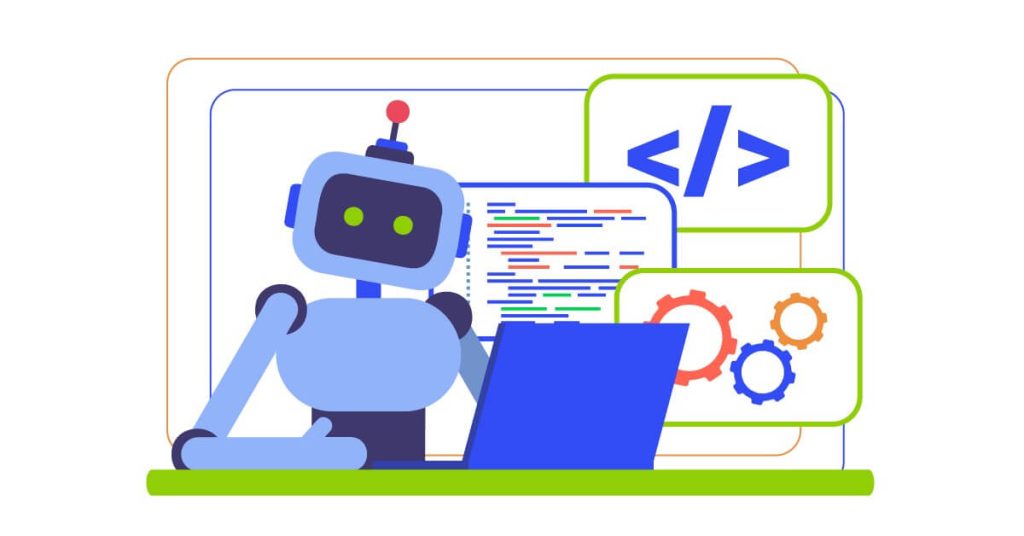Overview of TensorFlow
It is a publicly available tool for Artificial Intelligence and Machine Learning development projects. It helps create models that learn from data and give predictions without requiring programming.
TensorFlow Working
TensorFlow connects different operations in a data flow graph. Each operation performs calculations, and the results are passed to the next operation. It is this process through which it processes the data and learns patterns from it. Let’s take a look at the basic data workflows:
- Set up the AI model structure.
- Use the dataset to help the model learn patterns.
- Check how well the model works using the new dataset.
- Use the trained model for usage.
1. Important Concepts
Let’s understand important concepts.
- Tensors: Data containers that hold numbers, similar to arrays.
- Operations: Functions that perform calculations on tensors.
- Variables: Values that change as the model learns.
- Placeholders: Data inputs for the model during training and testing.
2. Where TensorFlow is Used
It is used in many fields:
- For diagnosing diseases and analyzing medical images.
- To detect fraud and predict stock prices.
- For recommending products and analyzing customer behavior.
- For detecting objects and staying in lanes.
- In chatbots, translations, and voice assistants.
3. Code Example
Let’s understand the practical use.
Install TensorFlow:
- Use the command:
pip install tensorflow
- Create a Simple Model:
Use this code to create a basic AI model.
import tensorflow as tf
from tensorflow.keras import layers, models
# Build a simple model
model = models.Sequential([
layers.Dense(64, activation='relu', input_shape=(100,)),
layers.Dense(1)
])
# Compile the model
model.compile(optimizer='adam', loss='mse', metrics=['mae'])
# Show model summary
model.summary()
- Train the Model:
Use sample data to train the model.
import numpy as np
# Create sample data
x_train = np.random.rand(1000, 100)
y_train = np.random.rand(1000, 1)
# Train the model
model.fit(x_train, y_train, epochs=10, batch_size=32)
4. TensorFlow Tools
TensorFlow has many helpful tools:
- TensorBoard: A tool for tracking and visualizing model performance.
- TensorFlow Lite: For running models on mobile devices.
- TensorFlow.js: To run models directly in web browsers.
- TensorFlow Extended (TFX): For creating ML systems.
TensorFlow Use Cases
The TensorFlow is famous for its ability to simply the machine learning use cases. Users can create models to solve real-world language to image recognition problems. It works on various devices such as computers, cloud, etc. It offers features like:
- It offers simple tools like Keras for best AI-powered design.
- It works on small devices and large data centers.
- It helps developers to build custom models or use available ones.
- It supports deploying models on the web, mobile apps, and IoT devices.
Conclusion
TensorFlow is a good tool to create and work with Generative AI models across various devices. It is a reliable choice if you are starting with the ML or AL projects.
Read more:



